In Tune Piano
Instruction
Music History
These links below will allow you to explore the different time periods of music. If you are playing the music of one of these time peroids then you should understand the basics about who these composers where and what there contributions were to the evolution and expression of music.
The composers below and there music, are to be explored at your leisure. Become familiar with their most famous works and a little about their life, so that you are a more well rounded musician and a more knowledgeable person. Click on the composers name or picture to learn more!
The term "baroque" is generally used by music historians to describe a broad range of styles from a wide geographic region, mostly in Europe, composed over a period of approximately 150 years.
The Baroque period is divided into three major phases: early, middle, and late. Although they overlap in time, they are conventionally dated from 1580 to 1630, from 1630 to 1680, and from 1680 to 1730.
Baroque: c. 1600–1760
Classical: c. 1730–1820
Renaissance: c. 1400–1600
Classical music used formality and emphasis on order and hierarchy, and a "clearer", "cleaner" style that used clearer divisions between parts (notably a clear, single melody accompanied by chords), brighter contrasts and "tone colors" (achieved by the use of dynamic changes and modulations to more keys). In contrast with the richly layered music of the Baroque era, Classical music moved towards simplicity rather than complexity. In addition, the typical size of orchestras began to increase,[3] giving orchestras a more powerful sound.
In the classical period, the theme consists of phrases with contrasting melodic figures and rhythms. These phrases are relatively brief, typically four bars in length, and can occasionally seem sparse or terse. The texture is mainly homophonic,[2] with a clear melody above a subordinate chordal accompaniment, for instance an Alberti bass. This contrasts with the practice in Baroque music, where a piece or movement would typically have only one musical subject, which would then be worked out in a number of voices according to the principles of counterpoint, while maintaining a consistent rhythm or metre throughout.
Romantic composers sought to create music that was individualistic, emotional, dramatic and often programmatic; reflecting broader trends within the movements of Romantic literature, poetry, art, and philosophy. Romantic music was often ostensibly inspired by (or else sought to evoke) non-musical stimuli, such as nature, literature, poetry, or the fine arts.
In music, modernism is an aesthetic stance underlying the period of change and development in musical language that occurred around the turn of the 20th century, a period of diverse reactions in challenging and reinterpreting older categories of music, innovations that led to new ways of organizing and approaching harmonic, melodic, sonic, and rhythmic aspects of music, and changes in aesthetic worldviews in close relation to the larger identifiable period of modernism in the arts of the time.
Late 19th-, 20th- and 21st-centuries
Modernism 1890–1975
• Impressionism 1890–1930
• Expressionism 1900–1930
• Neoclassicism 1920–1950
• Serialism 1920–1975
Contemporary from c. 1950
• Minimalism from c. 1960
• Postmodernism from c. 1960s
• Postminimalism from c. 1980


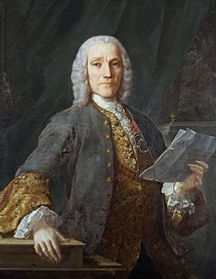

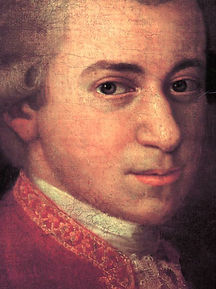
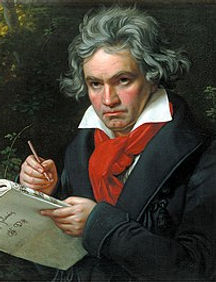










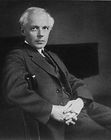

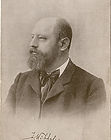








.jpg)